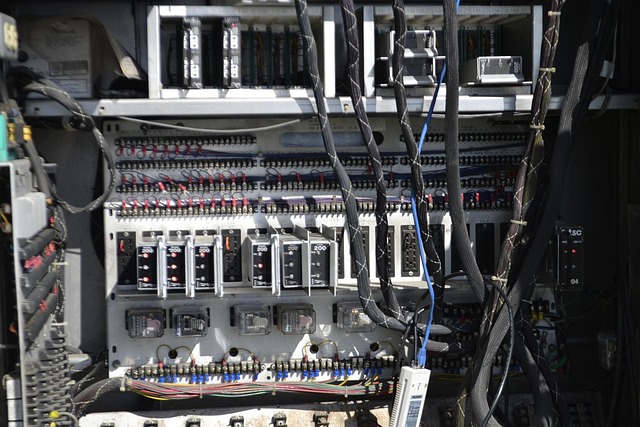As technology continues to evolve, one of the most fascinating advancements is the development of 3D spatial sound, which is revolutionizing the way we experience immersive environments in virtual reality (VR) and augmented reality (AR). In the realm of the metaverse, where digital interactions mimic our physical realities, the auditory experience plays a crucial role in creating a lifelike environment that feels truly engaging.
Imagine stepping into a virtual world where every sound surrounds you, creating an unparalleled sense of presence. This is not just a fantasy; it is the transformative power of 3D spatial sound. Unlike traditional audio, which is often limited to stereo sound, 3D sound technology allows users to perceive sound not just from left to right, but from above, below, and all around them. This capability transports users into an immersive experience where they can hear footsteps approaching from behind or the rustling of leaves as they navigate through a digital forest.
In virtual reality, the application of 3D spatial sound makes experiences more realistic and emotionally engaging. For instance, in a VR game, players can hear their surroundings more accurately, creating a stronger connection with the environment. The thrill of combat or the tranquillity of exploration is heightened when sound enhances the visual elements. This integration allows for a more compelling narrative, as audio cues can guide players through intricate storylines with a level of depth that traditional flat audio cannot achieve.
Similarly, in augmented reality, where digital elements overlay the real world, the use of 3D spatial sound enhances the interaction between the virtual and the physical. Imagine attending a virtual concert where you can hear the sounds of instruments accurately positioned in a 3D space around you, or exploring a museum with digital guides that speak directly in your ears, making the experience feel personal and tailored. The blend of sound and sight can truly make the interactions in the metaverse feel seamless and immersive.
The implications for social interaction within these environments are vast. As people gather in the metaverse, the ability to use 3D spatial sound can significantly enhance communication. Conversations can become more natural, as speakers sound as if they are positioned relative to your location, making virtual interactions feel more authentic. This capability helps bridge the gap between physical distance and social closeness, thereby enriching our connections in a digital landscape.
Hardware advancements have played a significant role in making 3D spatial sound accessible. With the rise of specialized headphones and audio systems designed for immersive experiences, the quality of sound has improved dramatically. Technologies such as binaural audio and ambisonics create a sound field that envelops the user, making it impossible to discern where the audio is coming from, enhancing the overall sense of immersion and presence in these digital spaces.
As we continue to explore the possibilities offered by 3D spatial sound within the metaverse, it’s clear that the innovation is not just about sound; it’s about crafting experiences that resonate on a deeper emotional level. The synergy of auditory and visual elements aids in storytelling, enhances gameplay, and fosters social interactions, ultimately making our forays into virtual and augmented realities more profound and enjoyable. With each advancement, we step closer to a universe where the limits of reality blur, allowing us to engage our senses in ways we have yet to imagine.




